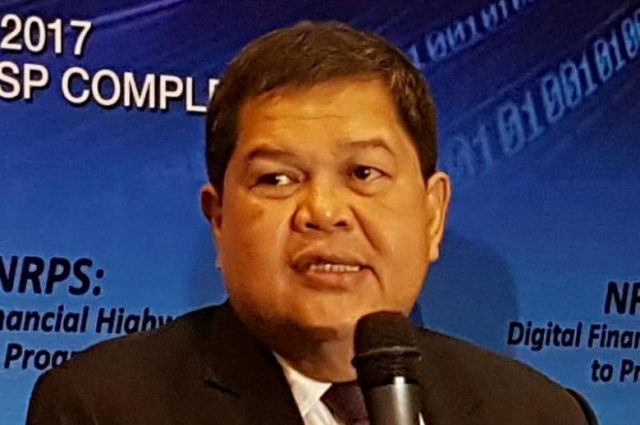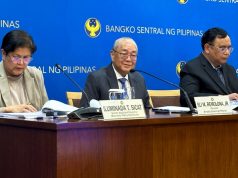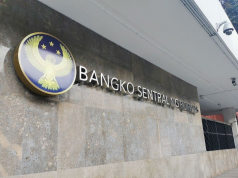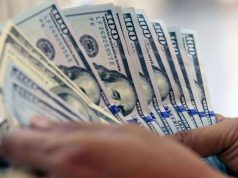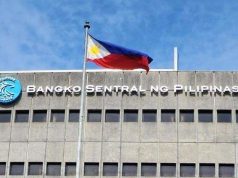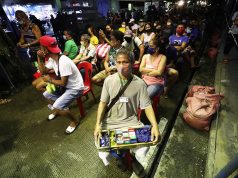MANILA – The Bangko Sentral ng Pilipinas’ (BSP) policy-making Monetary Board (MB) revised upwards the central bank’s average inflation forecasts for 2017-19 but said inflation remains manageable; thus, it kept key rates steady.
The BSP’s overnight borrowing or reverse repurchase (RRP) rate is 3 percent, the overnight lending or repurchase (RP) rate is 3.5 percent and the rate of its special deposit account (SDA) is 2.5 percent.
These three represent the rates of the BSP’s Interest Rate Corridor (IRC), implemented since June 2016 to enable the central bank to better manage inflation and support long-term growth.
However, the new average inflation forecast for this and next year is at 3.2 percent while it is 3.1 percent for 2019. These were previously at 3.1 percent for 2017 and 3 percent for 2018-19.
BSP Governor Nestor Espenilla Jr., in a briefing, said the MB has noted the upside risks on inflation given the impact of the proposed tax reform program. He, however, said “various social safety nets and the resulting improvement in productivity will likely temper the impact on inflation over the medium term.”
At the same time, he said, “while output prospects for the global economy have improved, downside risks to external demand remain, due in part to geopolitical tensions and lingering uncertainty over macroeconomic policies in advanced economies.”
Domestic economic activity is also seen to remain positive due to strong consumer and business sentiment, ample liquidity, robust credit activity and improving absorptive capacity.
BSP Deputy Governor Diwa Guinigundo, during the same briefing, said the Board has noted the rise in domestic fuel prices in recent weeks.
Revised projections
In the MB’s rate setting meet last June, its oil price assumption for 2017 is USD49.49 per barrel while it is USD48.78 per barrel for 2018 and USD49.54 per barrel for 2019.
During its meeting Thursday, the Board adjusted these projections to USD50.48 per barrel for 2017, USD50.32 per barrel for 2018 and USD51.36 per barrel for 2019.
Aside from oil price increases, Guinigundo said stronger growth of domestic liquidity is another factor for the change in the inflation projections.
He said domestic liquidity continues to rise “on account of the continuing expansion in economic activity and the increase in domestic credit.”
Last June, domestic liquidity or M3, which refers to the total money sloshing in the economy at a given time, grew by 13.2 percent year-on-year to P9.9 billion. This growth is faster than the revised 11.3 percent expansion in the previous month.
Guinigundo said current depreciation of the peso is also a factor in the projected faster rise of rate of prices increases on account of expanding domestic demand, which in turn pushes growth of imports. “This will be reflected in terms of supply and demand dynamics and the exchange rate is expected to show some depreciation,” he said.
Guinigundo, however, pointed out that “this upward pressure in inflation forecast was of course matched by lower actual inflation for the month of June and July.”
Inflation last June slowed to 2.7 percent from month-ago’s 3.1 percent but inflation last July moved up slightly to 2.8 percent.
These levels, however, are lower than the highest-so-far this year of 3.4 percent, posted last March and April. “The (inflation) projections are slightly up (compared to last June’s figures) but still very much close to the midpoint of the inflation target of two to four percent,” Guinigundo added.

